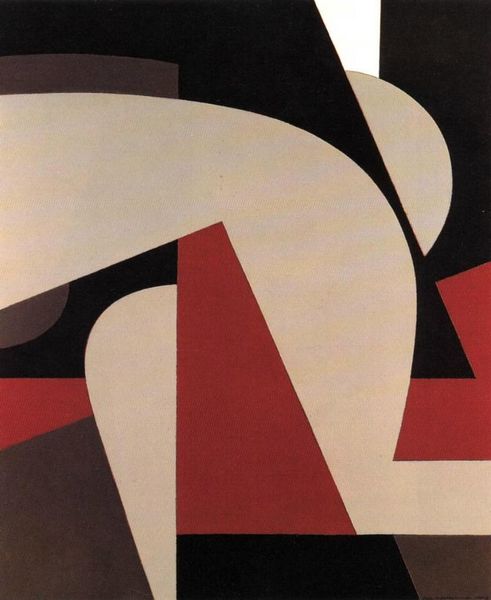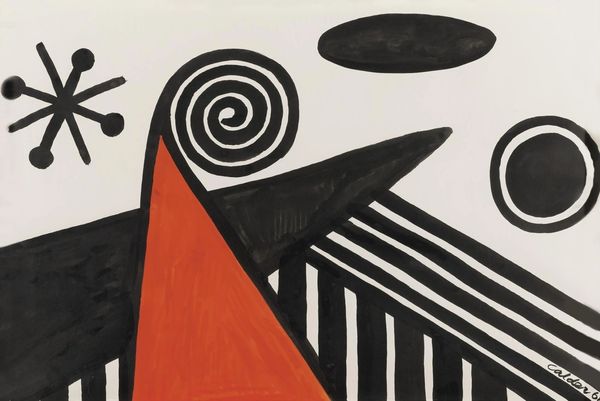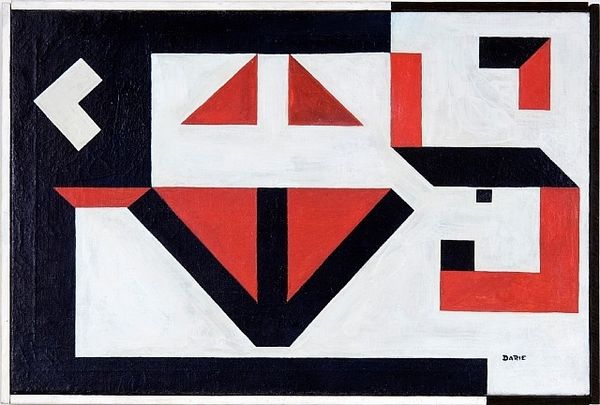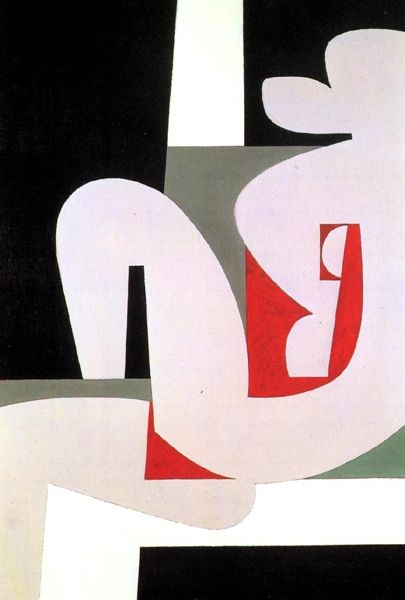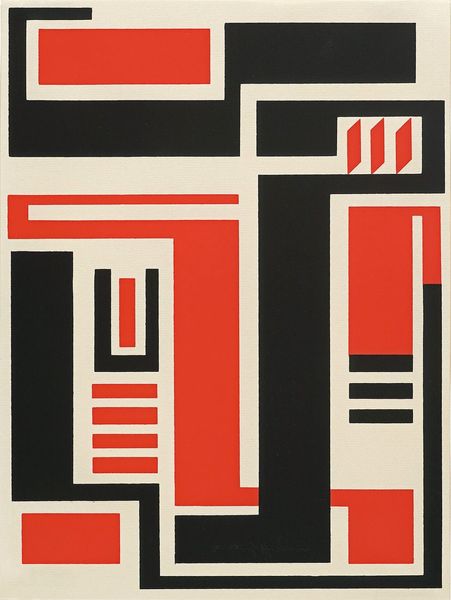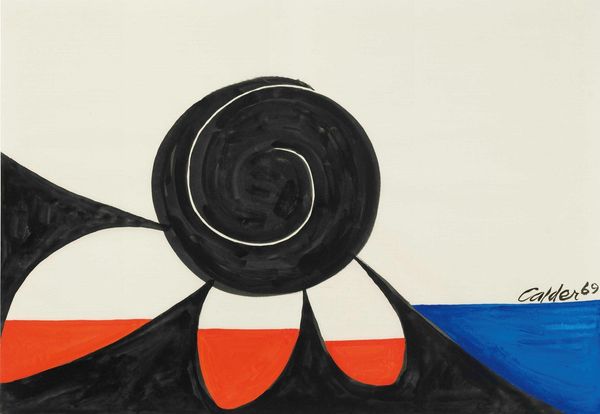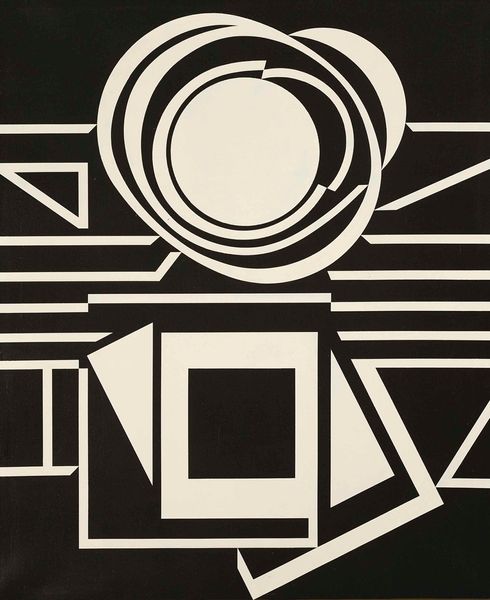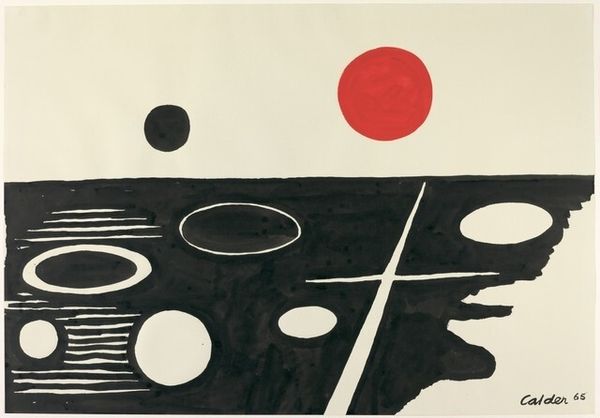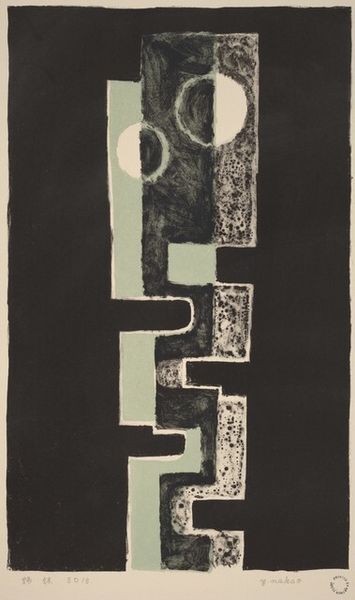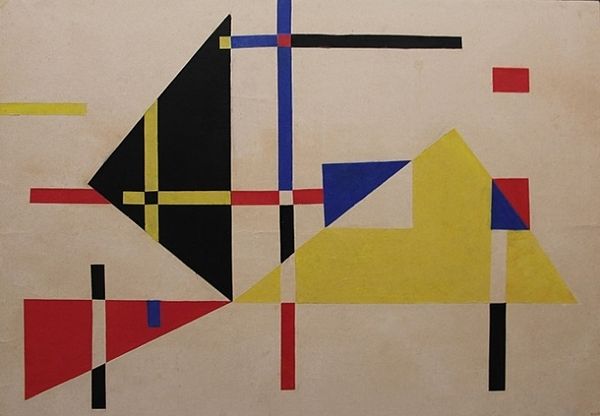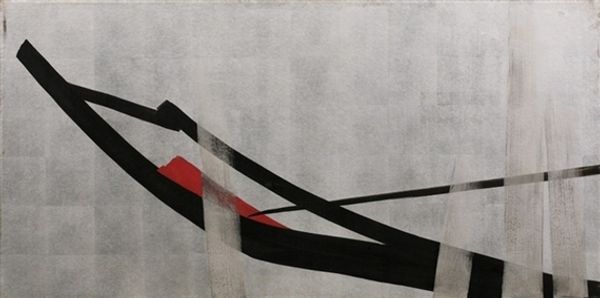
graphic-art, collage, print, stencil, typography, poster
#
graphic-art
#
collage
#
printed
#
stencil
# print
#
constructivism
#
stencil
#
form
#
typography
#
geometric
#
abstraction
#
line
#
poster
Copyright: Public domain
Editor: We’re looking at Vajda Lajos’ “Film,” created in 1928. It looks like it was made using charcoal and watercolor. The geometric shapes and bold lettering give it a very structured, almost industrial feel. What do you see in this piece? Curator: It's immediately striking how Vajda employs formal elements to achieve a powerful sense of visual order. Observe the interplay between the positive and negative spaces, particularly the stark contrast of the black rectangles and lines against the white background. Note the tension between the flat planes of color and the textural nuances achieved through the charcoal medium. Do you see how the composition functions almost like a visual code? Editor: Yes, I notice the arrangement. It's like the shapes and text could represent different aspects of film making or maybe be a purely aesthetic experiment? Curator: Precisely. One might analyze the relationships between the circle at the top and the series of semi-circular forms near the bottom. Could these represent the start and end, the beginning and resolution, or the macro and micro in filmic narratives? It's through such formal relations that meaning emerges, and here the meaning seems intrinsically linked to the materiality of the piece. Consider also the integration of text as image. Editor: It’s fascinating how just the arrangement of these forms can be so suggestive! Thinking about form, this makes me see abstract potential of typography beyond text. Curator: Indeed, Vajda exploits the abstract properties of typography, moving beyond mere legibility towards a purely visual language. Reflect on how this integration of word and image challenges traditional notions of representation in art, compelling us to re-evaluate the expressive potential of form itself. Editor: I never thought about typography being integrated into abstraction! Now, I have more questions about Vajda’s experiment in constructivism. Thanks so much! Curator: My pleasure. It's in the formal deconstruction and subsequent re-imagining that we truly unlock the artwork’s deeper essence.
Comments
No comments
Be the first to comment and join the conversation on the ultimate creative platform.
